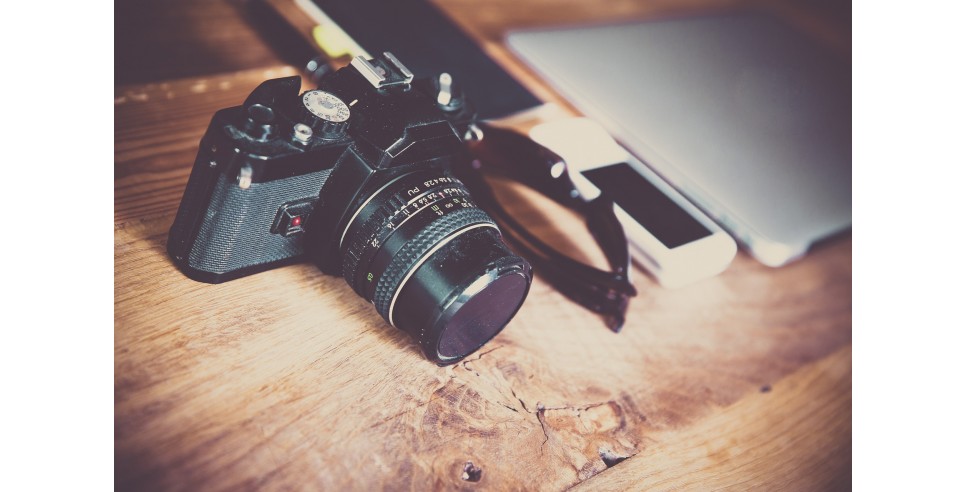
Why do people read blogs? One reason is to find out what’s happening in a particular field or with a certain person of interest. Another is to learn something! Since I am a teacher of photography, I always post articles about technique, particular solutions to lighting problems or instruction on the basics. There is always something to learn here.
In addition, I work hard at my blog. I write it two days-a-week and I strive to keep the information current. When I look at blogs, I’m not interested in what some photographer did in 2005, 2010 or even last year. My information is current and up to date. I do my research on equipment, technical specs as well as tried-and-true methods that will improve your photographic efforts today.
Buy the best lens you can afford. “Kit” lenses are usually not the best. Zoom lenses that don’t carry their speed through all f/stops are usually not the best. A “normal” type prime lens that only opens to f/3.5 is usually not the best. You need a “fast” lens for most good applications. That means that it needs to be f/2.8 or better. Stay away from “other” lenses than the kind that is made for your camera. Again, occasionally you’ll get a piece of glass that is truly remarkable, but it is the exception rather than the rule.
Thoroughly read the owner’s manual. Take the time to go over every page. There are often important things that are easily overlooked. Most cameras work the same way but have controls in different places and on different menus. Be sure to do this BEFORE you take a new camera on vacation or use it for an assignment. The last thing you want is to be fumbling around for settings, etc. when you’re doing an important shot.
Cameras are a matter of personal preference. These days, the major manufacturers, Canon, Nikon, Sony, Leica, Hasselblad, etc., all make excellent products. Some are engineered better than others. One may have a particular feature that will sell you on using it. A few years ago, I made the switch from Nikon to Canon. All the reviews I read and all the talking I did with other pros led me to the decision. I think that Canon was making superior optics for a number of years after the advent of the digital age. Nikon has certainly caught up by now, but it was during that time that I made the change.
Take the time to go to a reputable camera shop and speak to the sales staff about what they like about each piece of equipment before you buy. They handle cameras all day long. They can pick up little quirks about each one and tell you about them.
Start taking your camera off AUTO and set it to MANUAL. Use one ISO setting (usually 100) and try to get used to seeing light in terms of f/stops. A bright, sunny day is usually f/11 @ 1/125th of a second. A cloudy bright day is probably f/5.6 @ 1/125th of a second. Keep track of what you shoot. Carry a little notebook with you and make some notes. This technique will also help you to train your eye to see photographically.

This shot was taken with my Canon 17-55mm, f/2.8 zoom lens. I also used a gradient filter over the lens to darken the blue sky.

Here is a studio set up for a corporate head shot. We use multiple flash units with multiple power packs to get exactly the type and quality of light we need to make headshots the best they can be.

When I talk about a certain technique, I’m not trying to get you to buy an online course. I’m providing you with information you can use right now! You will want to subscribe to this blog because the information is useful and free!
If you are trying to perfect your photographic efforts, why not follow timely and informative articles published by an experienced photography teacher?









